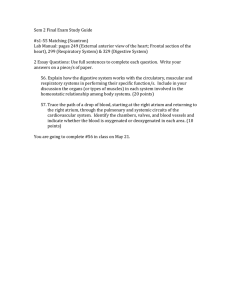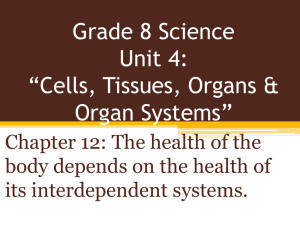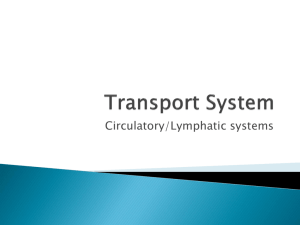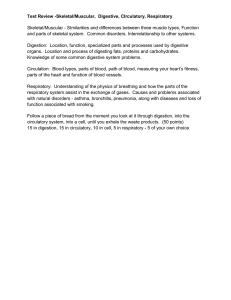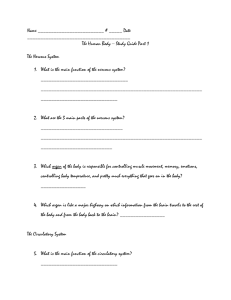Interactions of the Systems
advertisement
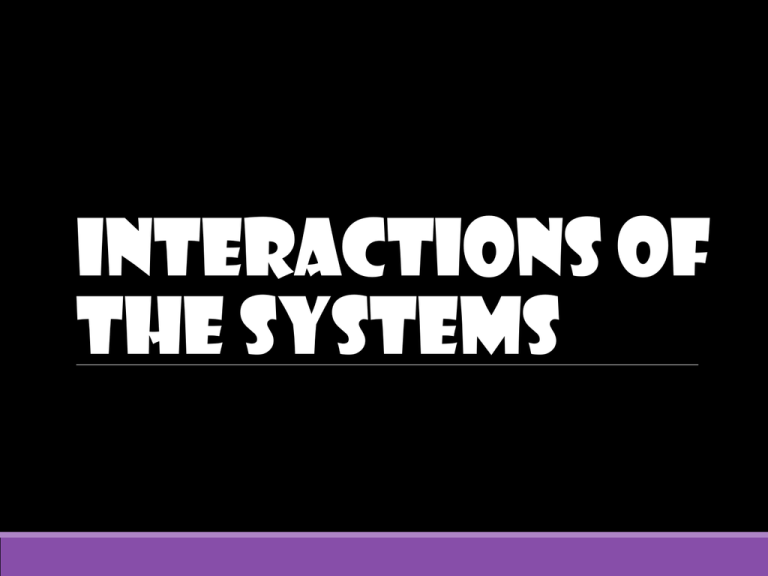
Interactions of the Systems Interactions of Systems 5 Organ systems we learned: ◦ ◦ ◦ ◦ ◦ Digestive Circulatory Respiratory Musculoskeletal Nervous Other Organ Systems: ◦ ◦ ◦ ◦ Urinary Reproductive Endocrine (glands) Integumentary (skin: protects body from damage) Interactions of Systems All these systems are interdependent: they work together in different ways so that your body can function Transfer of substances between systems occurs at CAPILLARIES Here are just some examples: Digestive and Circulatory Systems Digestive system breaks down food into small molecules that can pass through the walls of the digestive tract to the capillaries in the circulatory system to transport these nutrients throughout the body ◦ Otherwise, only the tissues right next to the digestive system would receive nutrients Musculoskeletal, Circulatory, and Respiratory Systems The Musculoskeletal system needs oxygen and nutrients to make the body move The Circulatory system delivers this oxygen and nutrients and takes away waste like CO2 and lactic acid (through capillaries) The waste is then transferred to the respiratory system through diffusion in the lungs to leave the body If your heart rate increases, your cells and muscles need more oxygen. So, you breathe faster to exchange gases faster Circulatory and Urinary Systems The blood collects waste as it travels through the body As the blood travels through the kidneys (part of the urinary system), the unwanted and toxic substances are removed from the circulatory system and are excreted as urine.


